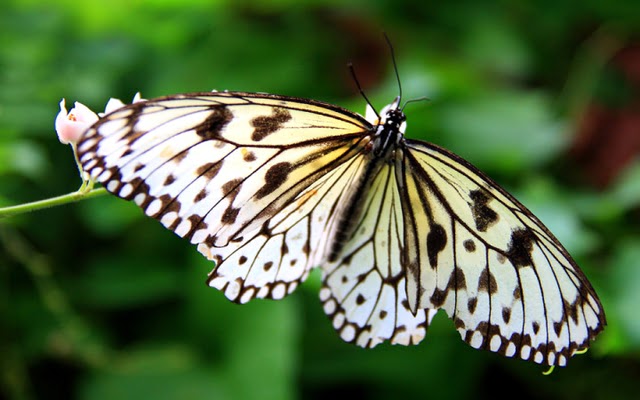
Why did the little boy throw butter out the window? He wanted to see the butterfly! OK…that’s an old joke. You’ve probably heard it many times. But who doesn’t enjoy observing butterflies?
Butterflies captivate the interest of numerous individuals. One factor is the incredible metamorphosis they undergo. They begin as caterpillars and then, through a remarkable process, transform into exquisite butterflies.
Watching butterflies gracefully flutter around the backyard is one of the delights of sunny summer days. As they move from one flower to another, they appear delicate. However, would you believe that butterflies can actually travel astounding distances?
One species of butterfly—the Monarch butterfly—undertakes long journeys every year. They do this in order to survive during the winter. Summer in North America is typically warm and pleasant. However, Monarch butterflies cannot endure the cold winters in most parts of the United States.
Every year around October, Monarch butterflies migrate south and west. They do this to find warmer climates. Monarch butterflies from the Eastern United States travel to Mexico, while those from west of the Rocky Mountains head to California.
Remarkably, Monarch butterflies travel to the same destinations every year. How far is the journey? For certain Monarch butterflies, it can be as long as 2,000 miles. It may take up to two months to complete. Isn’t it fascinating that something so beautiful and fragile can travel such great distances?
However, the story doesn’t end there. It gets even more intriguing. The lifespan of Monarch butterflies is relatively short (6-8 weeks). Therefore, it is different generations that make the same trips each year.
Most insects do not migrate because their lifespans are not long enough. Only Monarch butterflies born in September and October live long enough to undertake migration. The butterflies that travel to Mexico and California have offspring, and sometimes grandchildren, there. It is these offspring and grandchildren that make the return journey in the spring.
How do they accomplish this? Scientists believe that they employ a system called a time-adjusted sun compass. In other words, they follow the sun. However, because the sun is constantly moving, this is not as simple as it seems.
Monarch butterflies possess a 24-hour internal clock that is part of their antennae. This component of their system informs the butterflies of the time of day. Depending on the time of day, the butterflies can then determine the position of the sun.
The butterflies then use special photoreceptors within their eyes to track the angle of the sun. Incredibly, Monarch butterflies can pass on these directions to their offspring. Isn’t nature amazing?
Try It Out
Are you ready to learn even more about butterflies? Make sure to explore the following activities with a friend or family member:
Interesting Facts about Monarch Butterflies
- If you’re fascinated by Monarch butterflies, there are a few activities you can try. You can solve an online puzzle featuring Monarch butterflies or color a page with different butterfly designs. It’s a great way to unleash your creativity!
- Are you able to identify a Monarch butterfly if you see one in the wild? There are plenty of Monarch butterfly pictures available online for you to explore. You’ll be amazed by the beauty of these creatures and their incredible ability to migrate long distances.
- Have you ever witnessed a Monarch butterfly emerging from its chrysalis? It’s a breathtaking sight! You can learn more about the life cycle of Monarch butterflies by observing this fascinating process. Afterward, discuss your observations with a friend or family member.
Recommended Sources for Further Reading
- For more information about Monarch butterflies, you can visit http://www.kidzone.ws/animals/monarch_butterfly.htm.
- If you’re interested in Monarch butterfly migration, check out http://www.monarch-butterfly.com/monarch-migration.html.
- To learn about the incredible migration journey of Monarch butterflies, visit http://www.dogonews.com/2010/11/3/the-fascinating-migration-trek-of-monarch-butterflies.





Leave a Reply